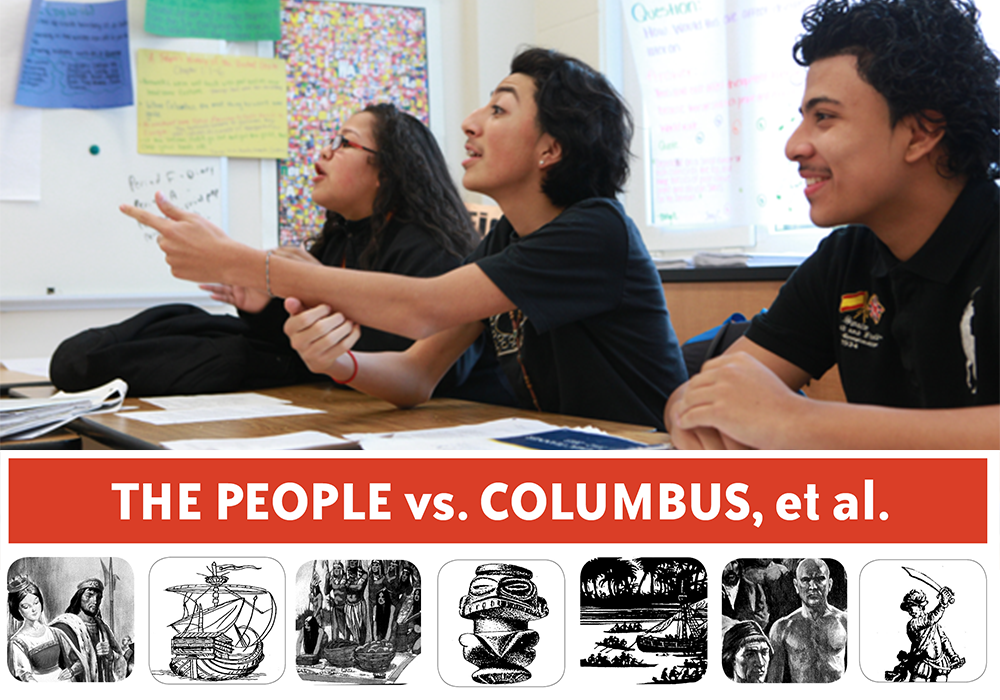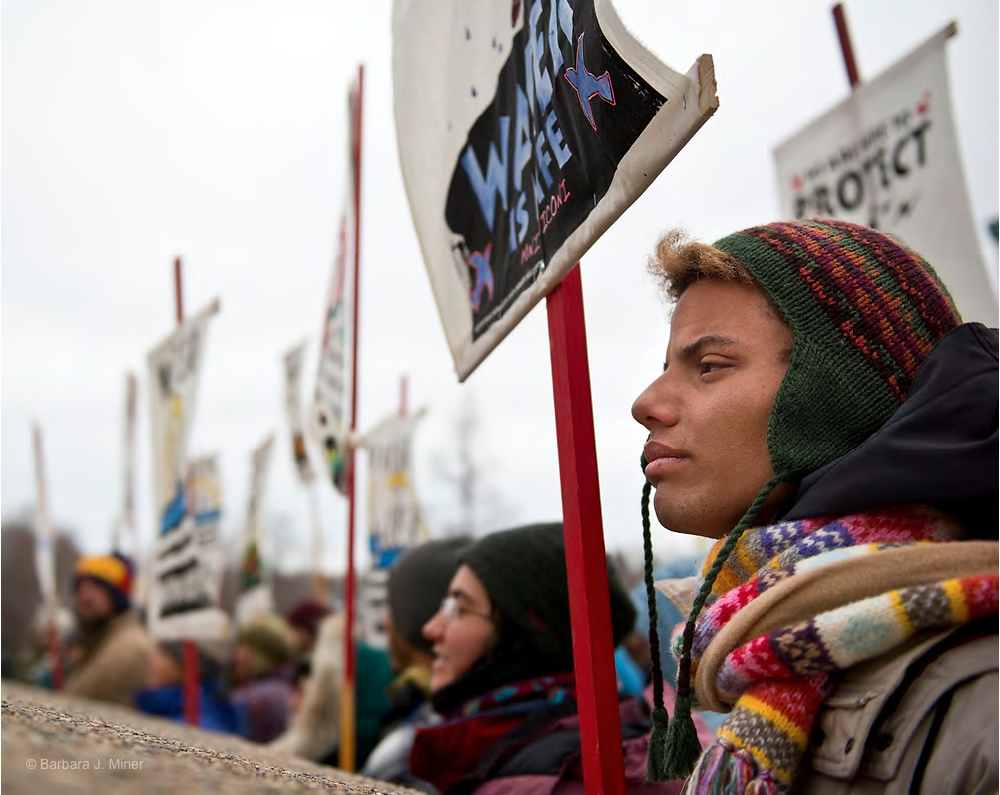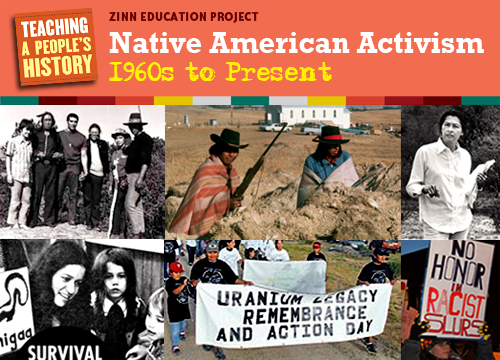 On Monday, The Washington Post columnist Courtland Milloy spoke with students and teachers in D.C. who are studying Native American history with lessons from the Zinn Education Project. Tori Blakeney, a 16-year-old student at Capital City Public Charter School (CCPCS), told Milloy,
On Monday, The Washington Post columnist Courtland Milloy spoke with students and teachers in D.C. who are studying Native American history with lessons from the Zinn Education Project. Tori Blakeney, a 16-year-old student at Capital City Public Charter School (CCPCS), told Milloy,
When I was growing up, I saw the [Disney] movie about Pocahontas and thought, “This is how it happened.” John Smith was portrayed as a good man, and everybody lived happily ever after. Then I began reading about what really happened to the Native Americans, and I was shocked. The genocide, the slaughter made me sad, and I started thinking about what could be done to compensate for all that suffering.
Milloy learned from these discussions, as he notes in his November 21, 2017 column, that people’s history lessons motivate students to take action. At one high school, students are petitioning the D.C. City Council to change Columbus Day to Indigenous People’s Day. (Sign their petition here.) Students who engaged in the lesson about the struggle against the Dakota Access pipeline at Standing Rock attended the Native Nations Rise march and have joined the campaign to change the name of the D.C. football team.
Please give visibility to these student voices and the power of teaching outside the textbook, with lessons from the Zinn Education Project, by reading and sharing Milloy’s column, “Students gain an appreciation for history after learning there’s more to the story.”










Twitter
Google plus
LinkedIn